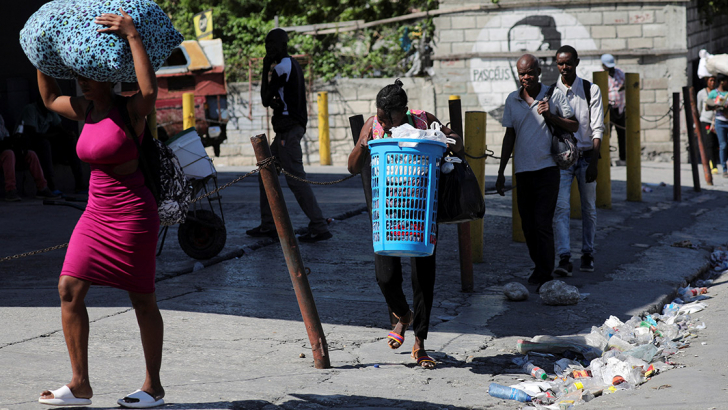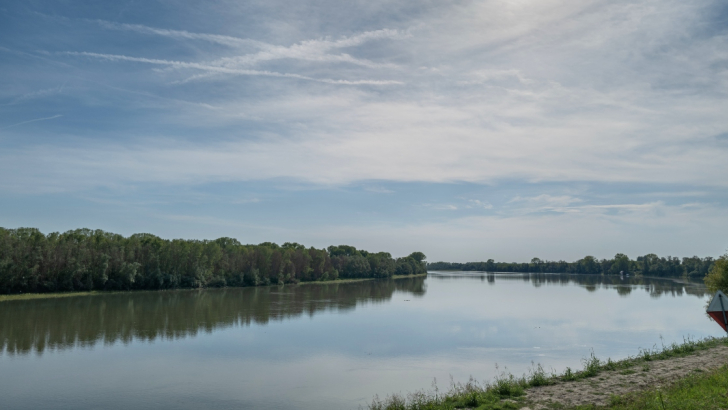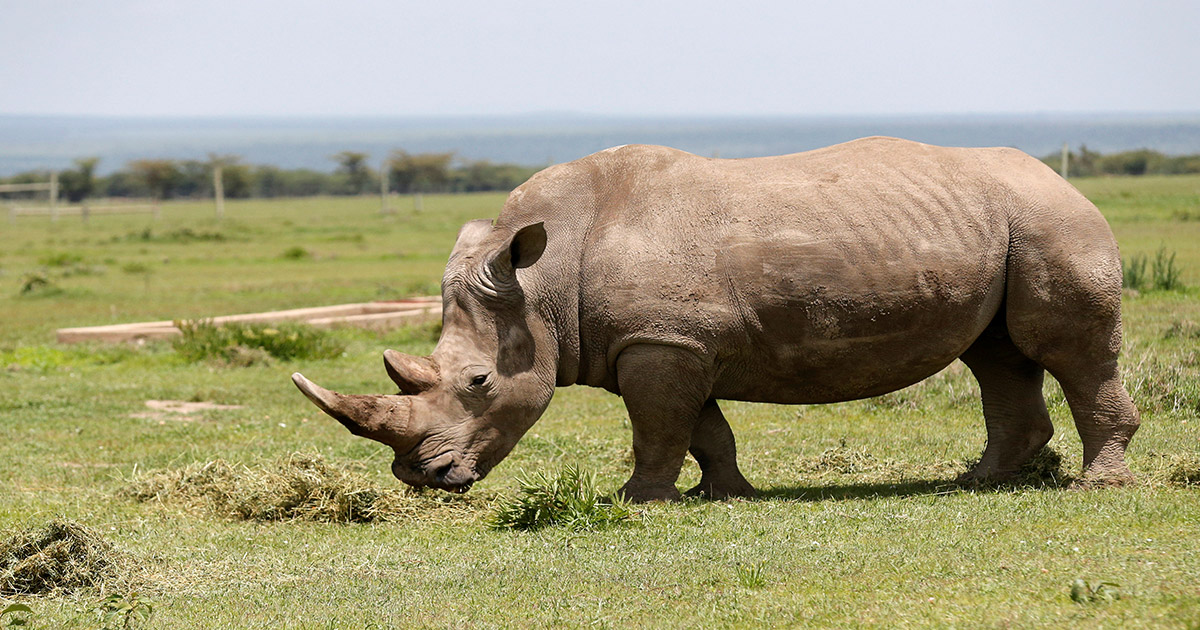
Foto: Reuters/Thomas Mukoya
Najin and Fatu are the last two northern white rhino left in the world, but unfortunately, it is not possible to save the species as Noah's ark had intended, as both rhinos are female. Here is where science comes into play. By means of in vitrofertilization, scientists offer real hope in saving this nearly extinct species. On August 22, 2019, a team of veterinarians successfully collected egg cells from the two females living in the Ol Pejeta Conservancy nature reserve in Kenya, a procedure never attempted on northern white rhinos.
A few days later, on August 25, the eggs were artificially inseminated with the frozen sperm from a northern white rhino male. Seven of the 10 eggs collected have now reached maturity and after 8 to 9 days following the fertilization procedure scientists hope to get two or three viable embryos. Subsequently the embryos will be implanted in a southern white rhino surrogate, as neither Najin nor Fatu are able to carry a pregnancy to term. This successful work is the result of the joint effort by the following: Leibniz Institute for Zoo and Wildlife Research (IZW Leibniz) in Berlin, theUniversity of Padova’s Ethics Laboratory for Veterinary Medicine, Conservation, and Animal Welfare(Department of Comparative Biomedicine and Food), the Avantea Laboratory of Reproductive Technologies in Cremona, Italy, the Dvůr Králové Zoo in Czech Republic, the Ol Pejeta Conservancy nature reserve, and the Kenya Wildlife Service (KWS).
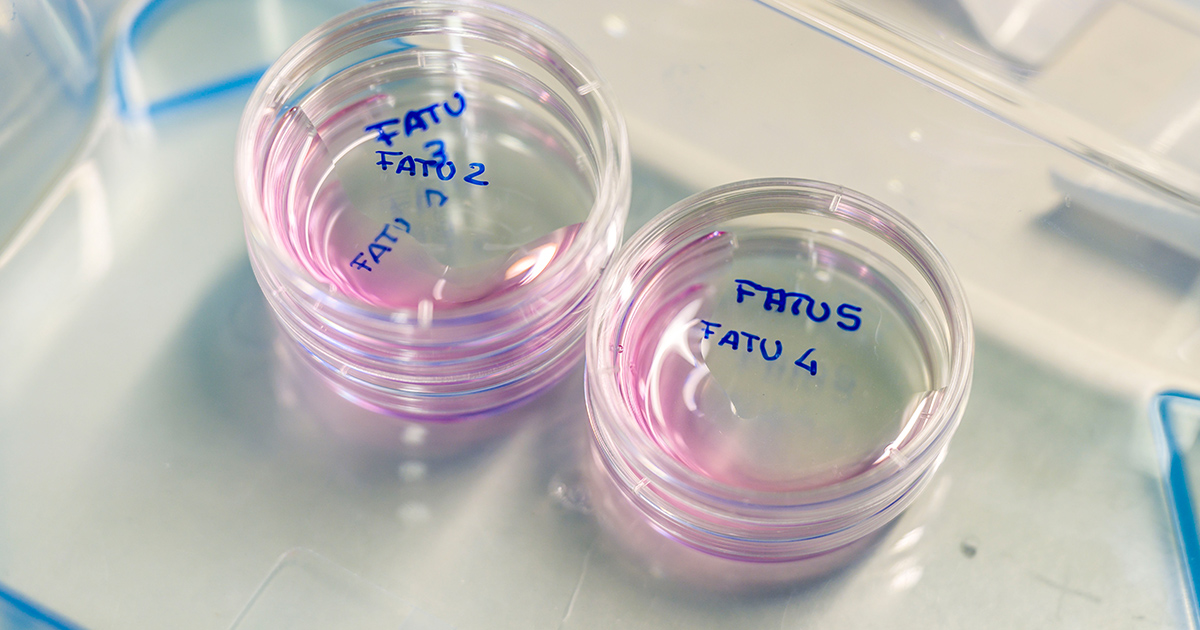
Foto: Ami Vitale
The procedure comes after years of research, development, improvements, and practice. Professor Thomas Hildebrandt of Leibniz-IZW and Dr. David Ndeereh of the Kenya Wildlife Service, explain: "Both the technique and the equipment had to be developed entirely from scratch. We were able to collect a total of 10 oocytes (ovary cells) half from Najin and the other from Fatu, demonstrating that both females were able to supply egg cells and thus help save these magnificent creatures.” The operation was carried out using a probe, guided by ultrasound, which collected the immature egg cells from the animals' ovaries while both animals were sedated under general anesthesia.
"The number of eggs collected was a wonderful success: the proof that the unique collaboration between scientists, zoo experts, and environmentalists in the field can lead to hopeful prospects even for animals that are about to die out," says Jan Stejskal of Dvůr Králové's Zoo, from where the two rhinos were born. It was the partnership between the Dvůr Králové Zoo, Ol Pejeta Conservancy, and KWS in 2009 that led to the transfer of the two female specimens and two male specimens from the Czech Republic to Kenya. The hope was that reproduction would take place in proximity to their natural environment. Although mating attempts had been observed, the efforts did not result in pregnancy. Researchers had concluded that the two remaining females were not able to carry their own eggs to term. The two males, Suni and Sudan, died of natural causes in 2014 and 2018 respectively, and their sperm were stored in a cryo-bank. Although not possible at the time when the spermatozoa had been collected, the hope was that through the advancement of assisted reproduction techniques their genome could be used to create a new generation.
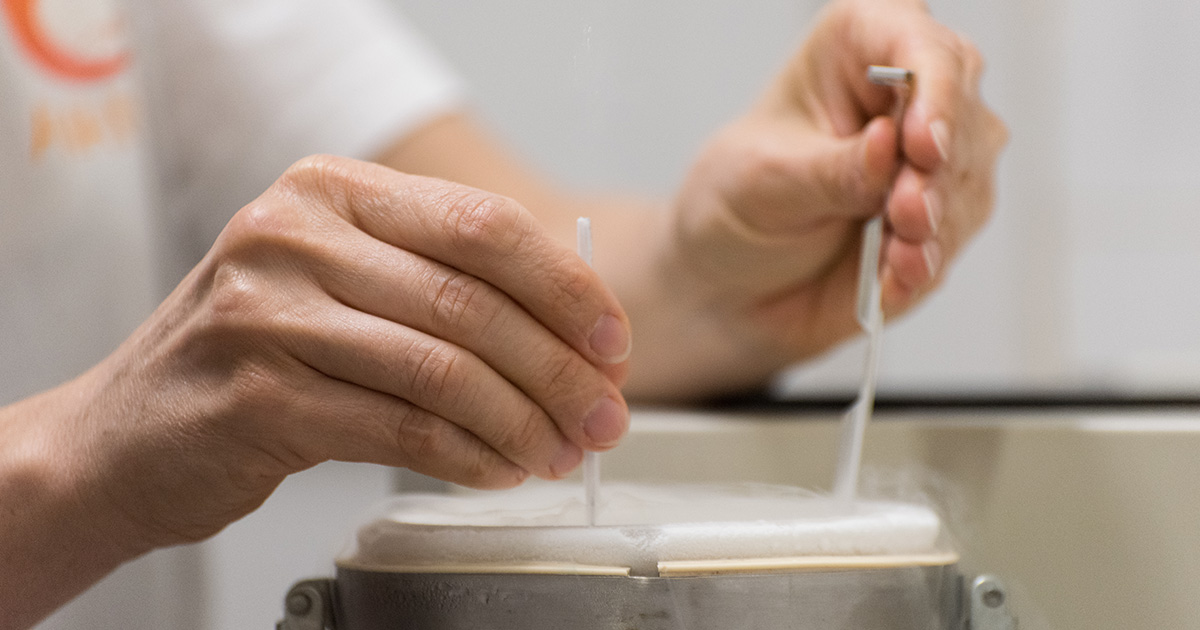
Foto: Jan Zwilling
Richard Vigne, the managing director of Ol Pejeta Zoo said he was proud to be part of this pioneering work. The hope is that the story of the northern white rhinoceros’ fate is a warning to humankind, and that we many understand the importance of justly managing the environment. Cabinet Secretary of Kenya for Tourism and Wildlife, Najib Balala, said, “The concerted efforts to save the last northern white rhinos should guide the resolutions the world makes at the ongoing CITES (Convention on International Trade in Endangered Species) meeting in Geneva. The assisted reproductive technique should galvanize the world's attention to the plight of all rhinos and make us avoid decisions that undermine law enforcement and fuel demand for the rhino horn.”
The development of the technique used is part of BioRescue, an international research project. BioRescue is a consortium comprising IZW Leibniz, Avantea Laboratory theUniversity of Padova Ethics Laboratory for Veterinary Medicine, Conservation, and Animal Welfare, as well as Dvůr Králové Zoo, the project is funded by the German Federal Ministry for Education and Research. Furthermore, the project will lead the development of techniques and procedures to create artificial gametes from stem cells. The work carried out to save the northern white rhino was conducted in accordance with the ethical framework previously developed by ethical scholars, as well as other scientists, and the veterinarians involved in the procedure. Barbara de Mori, the University of Padova’s Director of theEthics Laboratory for Veterinary Medicine, Conservation, and Animal Welfare, "We have developed a specific ethical risk analysis in order to prepare the team for all the possible scenarios resulting from such an ambitious procedure and to guarantee that the well-being of the two specimens was wholly respected ". The procedure was conducted in accordance with the laws and policies of Kenya and with all related international regulations.
Traduzione a cura di Ellen Jane Corcoran


